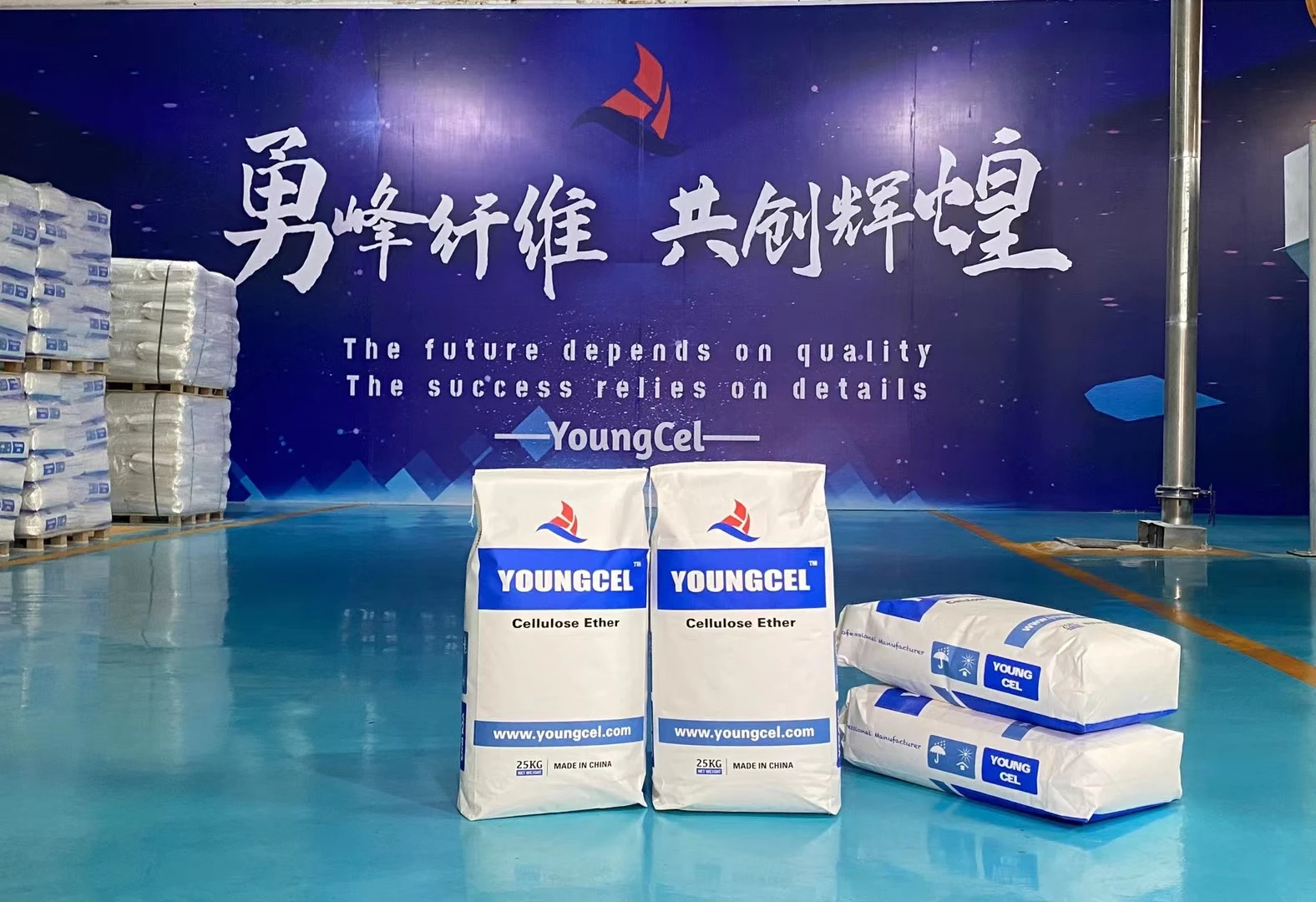Understanding Wall Putty and Its Role in RDP Powder Applications
Wall putty is an essential material used in the construction and renovation industry. Predominantly composed of white cement combined with additives and fillers, it serves as a smooth finishing coat applied over walls prior to painting or wallpapering. One of the intriguing developments in wall putty formulation is the incorporation of RDP powder (Redispersible Polymer Powder), which has significantly enhanced the performance of traditional wall putty products.
What is RDP Powder?
Redispersible Polymer Powder (RDP) is a high-performance synthetic polymer derived from emulsion polymers. It is characterized by its ability to be redispersed in water after drying. This property is crucial because it allows for the enhancement of various building products, including wall putty, by improving adhesion, flexibility, and water resistance. When RDP is mixed with wall putty, it contributes to the overall durability and performance of the finish.
Benefits of RDP in Wall Putty
1. Improved Bonding Strength One of the key advantages of adding RDP powder to wall putty is the enhancement of bonding strength. This means that when applied to substrates, the putty adheres more securely, reducing the chances of peeling or cracking over time. Strong adhesion is particularly valuable in areas subjected to moisture or fluctuating temperatures.
2. Increased Flexibility Traditional cement-based putties can be brittle, leading to cracks as the substrate shifts or settles. RDP-modified wall putty retains flexibility, allowing it to expand and contract with temperature changes or settling structures without compromising the quality of the finish. This is particularly important in regions prone to seismic activity or where foundations are unstable.
wall putty rdp powder

3. Water Resistance The inclusion of RDP in wall putty improves the material’s resistance to water penetration. This is particularly beneficial in humid climates or in areas where moisture is prevalent. A water-resistant finish not only extends the life of the putty but also protects the underlying wall structure from potential damage caused by moisture infiltration.
4. Ease of Application RDP-enhanced wall putty has a smoother consistency, making it easier to apply and spread over surfaces. This leads to a more uniform finish and reduces the labor required during application. It also minimizes the likelihood of defects, such as pinholes or uneven surfaces, resulting in reduced rework and better overall aesthetics.
5. Improved Workability and Open Time The addition of RDP powder to wall putty increases its open time, allowing applicators more time to work with the material before it sets. This results in a more manageable application process, particularly in larger projects where more time may be required for spreading and smoothing.
Conclusion The Future of Wall Putty
As the construction industry continues to evolve, the demand for high-quality, durable materials grows. RDP powder has emerged as a key component in modernizing wall putty formulations, aligning with the growing needs for sustainability, performance, and ease of use. The synergy between RDP and traditional wall putty provides builders, architects, and homeowners with a reliable solution for achieving smooth, long-lasting wall finishes that withstand the test of time.
In essence, the incorporation of RDP powder into wall putty not only enhances its physical properties but also revolutionizes its application in building projects. By improving bonding strength, flexibility, water resistance, and application ease, RDP-infused wall putty exemplifies the progression of materials science in construction, ensuring that walls remain beautiful and resilient for years to come.
-
Rdp Powder: Key Considerations for Wholesalers in the Building Materials IndustryNewsJul.08,2025
-
Key Considerations for Wholesalers: Navigating the World of Hpmc - Based ProductsNewsJul.08,2025
-
Hpmc Detergent: Key Considerations for WholesalersNewsJul.08,2025
-
Key Considerations for Wholesalers: China Hpmc For Tile Adhesive, Coating Additives, Concrete Additives, and MoreNewsJul.08,2025
-
Crucial Considerations for Wholesalers: Navigating the World of Construction MaterialsNewsJul.08,2025
-
Key Considerations for Wholesalers Sourcing Additive For Cement, Additive For Concrete, Additive For Putty from Additive Manufacturer Shijiazhuang Gaocheng District Yongfeng Cellulose Co., Ltd.NewsJul.08,2025




